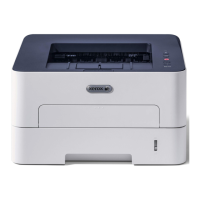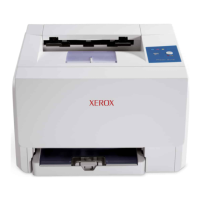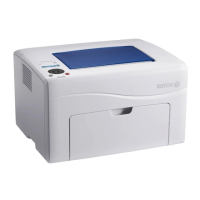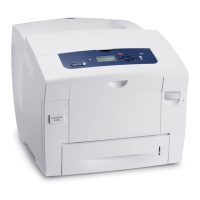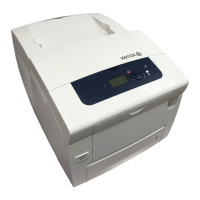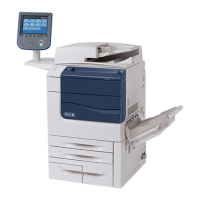
 Loading...
Loading...
Do you have a question about the Xerox 550 and is the answer not in the manual?
| Monthly Duty Cycle | Up to 300, 000 pages |
|---|---|
| Connectivity | Ethernet, USB |
| Print Speed (Color) | Up to 50 ppm |
| Duplex Printing | Standard |
| Printer Type | Laser |
| Supported Operating Systems | Windows, macOS, Linux |
| Paper Size | A4, Legal, Letter |






